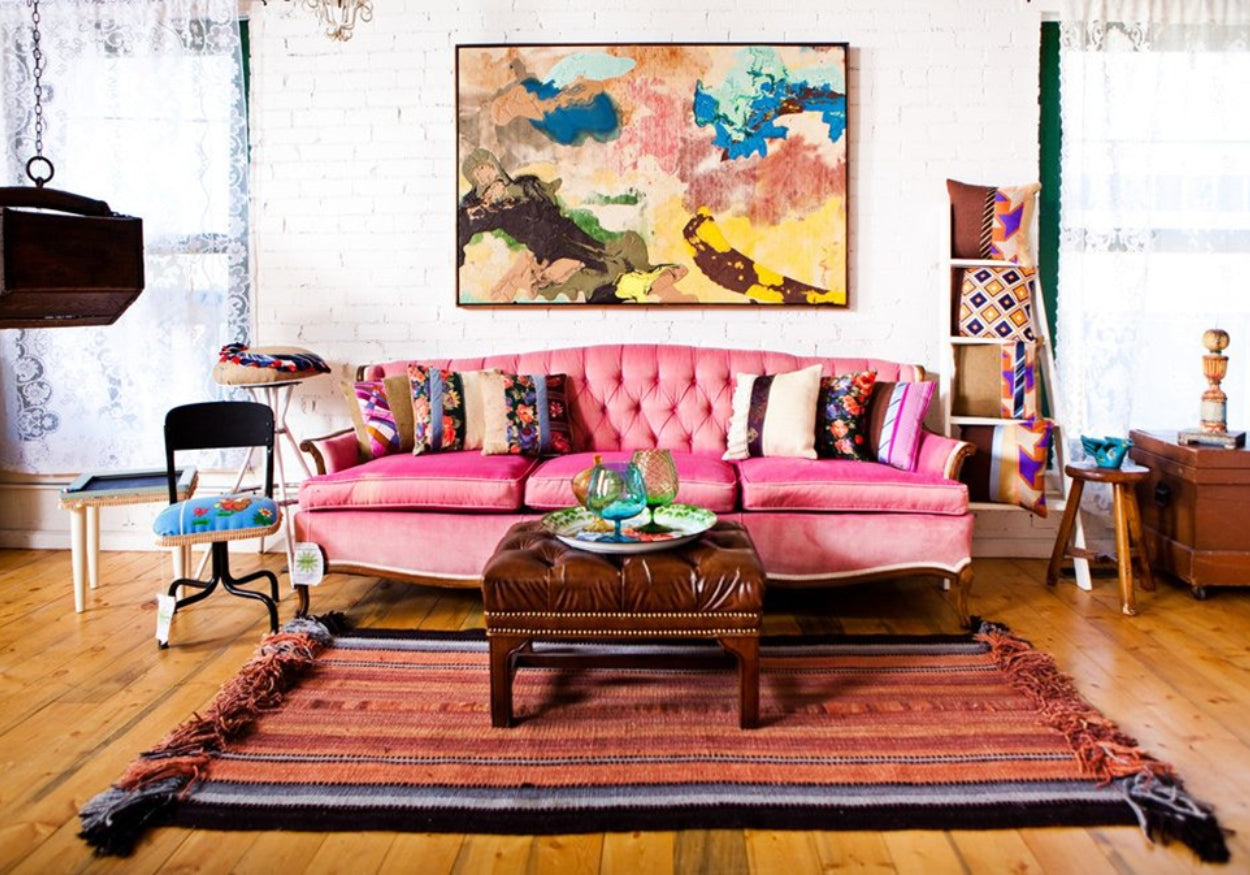REUPHOLSTERY OF ANTIQUE FURNITURE
Reupholstering Genuine Antiques and Antique Style Furniture with JENSO
JENSO Upholstering Inc. can reupholster both genuine antiques and antique-style furniture. We have extensive experience with various furniture styles, ensuring your cherished pieces are restored to their former glory.
Requesting a Quote The first step is to request a quote through our "request a quote" link. This will allow us to assess your furniture and provide a detailed estimate tailored to your needs.
Why Reupholster Antiques? If you’re lucky enough to own antique furniture, it can be hard to imagine ever parting with it. Whether it’s a family heirloom passed down through generations or a piece acquired from an antiques dealer, sentimental attachment to antique furniture is common.
Trust JENSO with Your Antiques Over time, even the most well-maintained furniture will need some attention to restore its beauty. With over 30 years of experience in caring for people’s furniture, you can trust JENSO to handle your antique pieces with the utmost care and expertise.
Beautiful Results Take a look at the stunning results of our reupholstery work on the antique suite below, featuring beautiful original wood elements. Our skilled craftsmen ensure that every detail is preserved and enhanced, bringing new life to your cherished furniture.
Contact Us If you have antique furniture in need of reupholstery, don’t hesitate to reach out. Whether it’s a single chair or a complete suite, JENSO Upholstering Inc. is here to help you preserve and enjoy your treasured pieces for years to come.

JENSO have reupholstered many different styles of furniture including both genuine antiques and ‘antique style’. The first step is to request a free home visit so your local consultant can take a look at your furniture and provide the best advice.
SO HOW DO YOU KNOW IF YOUR FURNITURE REALLY IS AN ANTIQUE?
Determining if your furniture is truly an antique can be a fascinating process.
Here are some key indicators and methods to help you identify antique furniture:
Collapsible content
Materials and Construction
• Coir: This coarse fiber filling is extracted from the outer shell of a coconut. If your furniture contains coir, it may make a crunching sound when squeezed.
• Coil Springs: Typically found in the seat area but can also be incorporated into the arms and the back. Antique furniture often uses coil springs for support.
• Horsehair: A very traditional filling, giving the furniture a hard, solid look. When you squeeze the arm or back, a slight crunching noise can be heard.
Joinery
• Hand-Cut Dovetails: Older furniture often features hand-cut dovetail joints, which are irregular and not perfectly symmetrical. Modern machine-cut dovetails are usually uniform and precise.
• Mortise and Tenon: This traditional joinery method, where one piece of wood is inserted into a hole in another piece, is a hallmark of antique furniture.
Tool Marks
• Saw Marks: Hand saws leave uneven and rough saw marks, while modern circular saws leave more uniform marks. Look for these signs to determine age.
• Plane Marks: Look for uneven surfaces and tool marks left by hand planes, common in antique furniture.
Hardware
• Hand-Forged Nails and Screws: Older furniture may have irregular, hand-forged nails and screws. Modern hardware is more uniform.
• Brass and Iron Hardware: Antique furniture often features brass or iron hardware, which can develop a patina over time.
Patina and Wear
• Natural Aging: Look for signs of natural aging, such as wear on the edges and corners, a patina on wood surfaces, and changes in the finish color.
• Wood Oxidation: Over time, wood can darken due to oxidation, especially in areas exposed to light.
Design and Style
• Historical Styles: Familiarize yourself with different historical furniture styles (e.g., Queen Anne, Victorian, Chippendale) to identify the period of the piece.
• Signature Elements: Certain periods and designers have distinctive elements, such as claw-and-ball feet, cabriole legs, or intricate inlays.
Labels and Marks
• Maker’s Marks: Look for labels, stamps, or signatures from known furniture makers or companies. These can often be found on the back, underside, or inside drawers.
• Patent Numbers: Patent numbers can help date a piece of furniture to a specific time frame.
Provenance
•Ownership History: If possible, trace the history of ownership of the piece. Provenance can add to the value and authenticity of antique furniture.
Conclusion
Identifying antique furniture involves examining the materials, construction methods, hardware, design, and signs of age. If you suspect your furniture may be an antique but are unsure, consulting with an expert appraiser or antique furniture specialist can provide you with a definitive answer and more detailed information about the piece.
Whatever the style, shape or age of your furniture, give us a call today. We have a local consultant in your area who is available to provide free expert advice.
FIND OUT MORE..
Call today and request a quote with one of our experts.


